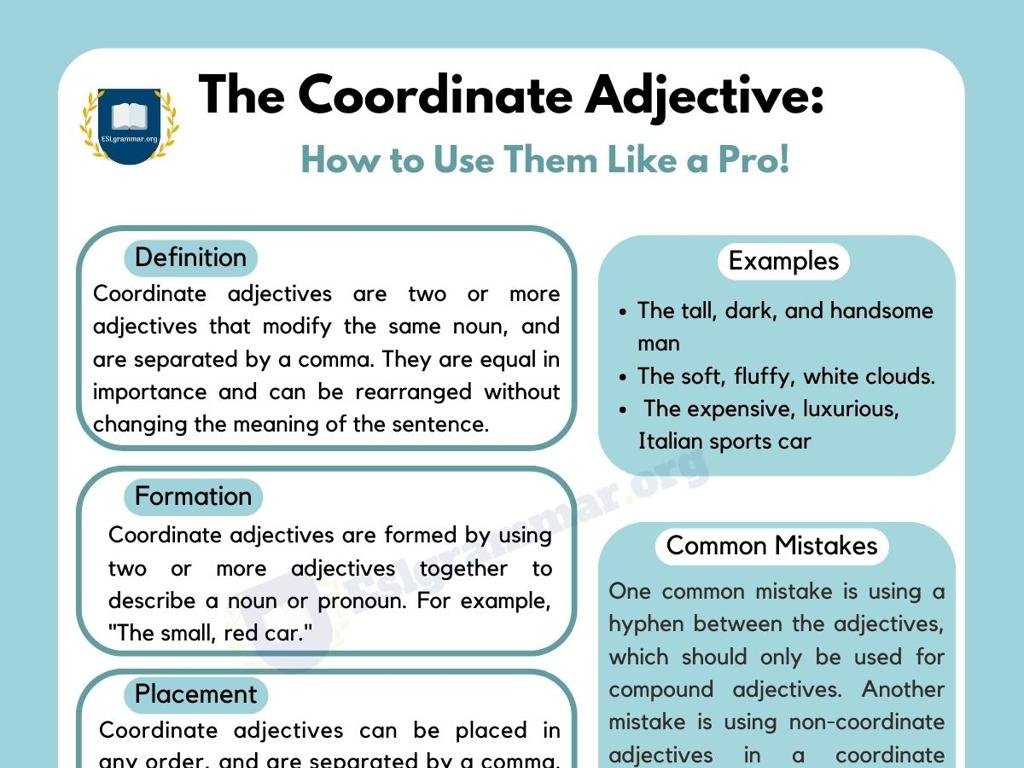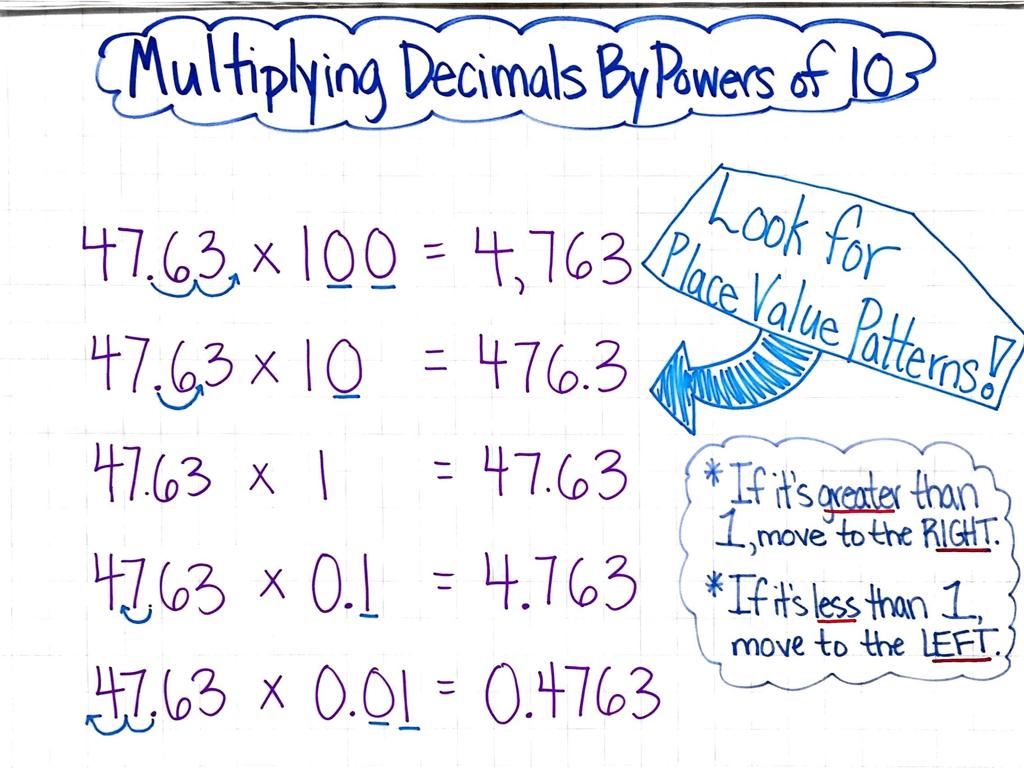Identify Lines Of Best Fit
Subject: Math
Grade: Eighth grade
Topic: Two-Variable Statistics
Please LOG IN to download the presentation. Access is available to registered users only.
View More Content
Identifying Lines of Best Fit
– Understanding data patterns
– Recognize trends and correlations
– Intro to Two-Variable Statistics
– Study relationships between two variables
– Exploring Lines of Best Fit
– Line that summarizes data trend on a graph
– Practice with real data sets
– Use class data to draw best fit lines
|
This slide introduces the concept of lines of best fit within the context of two-variable statistics, a key component of eighth-grade mathematics. Begin by discussing how to recognize patterns and correlations in data sets. Introduce two-variable statistics as a method to study the relationship between two different variables. Explain that a line of best fit is a straight line drawn through the center of a data set that best represents the data on a scatter plot. Emphasize the importance of this line in making predictions about one variable based on the other. Conclude with an activity where students will practice drawing lines of best fit using real data sets, reinforcing their understanding of the concept.
Understanding Lines of Best Fit
– Define Line of Best Fit
– A straight line that best represents data on a scatter plot
– Purpose of Line of Best Fit
– Used to predict future data points or trends
– Real-life examples of usage
– In meteorology for temperature trends, in economics for sales forecasts
– How to draw a Line of Best Fit
|
The Line of Best Fit, or trend line, is a concept in statistics that represents the relationship between two variables in a scatter plot. Its purpose is to show the trend of the data and to make predictions about future data points. For example, meteorologists use lines of best fit to predict weather patterns based on past temperatures, while economists use them to forecast sales or market trends. When teaching students how to draw a line of best fit, emphasize the balance of points above and below the line and how it minimizes the distance of all points from the line. Encourage students to practice by plotting their own data and drawing lines of best fit.
Plotting Data on a Scatter Plot
– How to plot data points
– Place each data point on the graph based on its values.
– Understanding scatter plots
– A graph showing how two variables are related.
– Identifying data patterns
– Look for trends or clusters in the points.
– Drawing lines of best fit
– Draw a line that shows the general direction of the data.
|
This slide introduces students to the concept of scatter plots, a type of graph used in statistics to display the relationship between two different variables. Start by explaining how to plot data points on a graph, with the x-axis representing one variable and the y-axis representing the other. Ensure students understand that a scatter plot is a visual representation that can show a positive, negative, or no correlation between the variables. Teach them to identify patterns such as trends or clusters within the plotted data. Finally, introduce the concept of a line of best fit, which is a straight line drawn through the center of the data points that best represents the data on a scatter plot. Encourage students to practice by plotting their own data and drawing lines of best fit.
Drawing Lines of Best Fit
– Criteria for a good fit line
– It should pass close to most points and reflect the trend.
– Drawing the line by eye
– Estimate the center and draw a line that shows the general trend.
– Minimize point-line distance
– The line should have an equal number of points above and below.
– Practice with real data
|
When teaching students to draw lines of best fit, start by explaining the criteria: the line should be as close as possible to all the data points and reflect the overall trend of the data. Demonstrate how to draw a line by eye, estimating the ‘center’ of the scatter plot and ensuring it reflects the general direction of the data. Emphasize the goal of minimizing the distance from the points to the line, which can be visually checked by confirming there’s an equal number of points above and below the line. Provide students with real datasets to practice drawing lines of best fit and interpreting the data. This hands-on activity will help solidify their understanding of two-variable statistics.
Calculating the Line of Best Fit
– Using formulas for the best fit line
– Introduction to Least Squares Method
– A statistical method to minimize the distances of points from the line
– Practice calculating the line equation
– Use given data points to find the best fit line’s equation
– Understanding line of best fit application
– Learn how this line predicts trends and relationships
|
This slide introduces the concept of the line of best fit in two-variable statistics, which is crucial for understanding data trends. Start by explaining the mathematical approach to finding this line, emphasizing the use of formulas. Introduce the Least Squares Method, a standard technique to determine the line of best fit by minimizing the sum of the squares of the vertical distances of the points from the line. Provide students with practice problems where they calculate the equation of the line using data points. Highlight the importance of the line of best fit in predicting trends and relationships in data sets. Encourage students to ask questions and work through examples in groups for better understanding.
Interpreting the Line of Best Fit
– Significance of the slope
– Slope indicates the rate of change between variables
– Meaning of the Y-intercept
– Y-intercept is where the line crosses the Y-axis
– Making predictions
– Use the line to forecast future data points
– Line of Best Fit application
– Apply this to real-world problems like economics
|
This slide aims to help students understand the components of the line of best fit in two-variable statistics. The slope of the line indicates how much one variable is expected to increase or decrease as the other variable increases. The Y-intercept represents the value of the dependent variable when the independent variable is zero. Students should learn how to use the line of best fit to make predictions about unknown values, which is a valuable skill in various fields such as economics, science, and engineering. Encourage students to practice by creating their own scatter plots and drawing lines of best fit, then using these lines to make predictions.
Class Activity: Finding the Line of Best Fit
– Group task: Plot and draw lines of best fit
– Individual task: Calculate your line of best fit
– Use the formula y = mx + b, where m is the slope and b is the y-intercept
– Share results with the class
– Group discussion on findings
|
This slide introduces a hands-on class activity focused on understanding lines of best fit in two-variable statistics. Divide the class into small groups and provide each with a set of data to plot on a graph. Each group will then draw a line that best represents the data trend. Following this, students will work individually to calculate the equation of their group’s line of best fit using the formula y = mx + b. Afterward, students will present their group’s graph and calculated line to the class, facilitating a discussion on the different lines of best fit and what they represent. This activity will help students grasp the concept of lines of best fit and how they are used to make predictions based on data. For the teacher: Prepare data sets in advance, ensure students are comfortable with plotting points on a graph, and guide them through the process of calculating the slope (m) and y-intercept (b).
Wrapping Up: Lines of Best Fit
– Recap: What is a line of best fit?
– A line that approximates the trend of data points in a scatter plot
– Importance in different fields
– Used in economics, health, sports to predict trends and make decisions
– Homework: Find real-world examples
– Look for a news article or study that uses a line of best fit
– Be ready to discuss your findings
|
As we conclude, let’s review the concept of lines of best fit and their significance in various fields such as economics, healthcare, and sports analytics. These lines help us understand and predict trends based on data. For homework, students are tasked with finding a real-world example of a line of best fit used in a news article or study. This will help them recognize the practical application of what they’ve learned. In the next class, students should be prepared to present their findings and discuss how the line of best fit was used to draw conclusions in the article or study they found.






